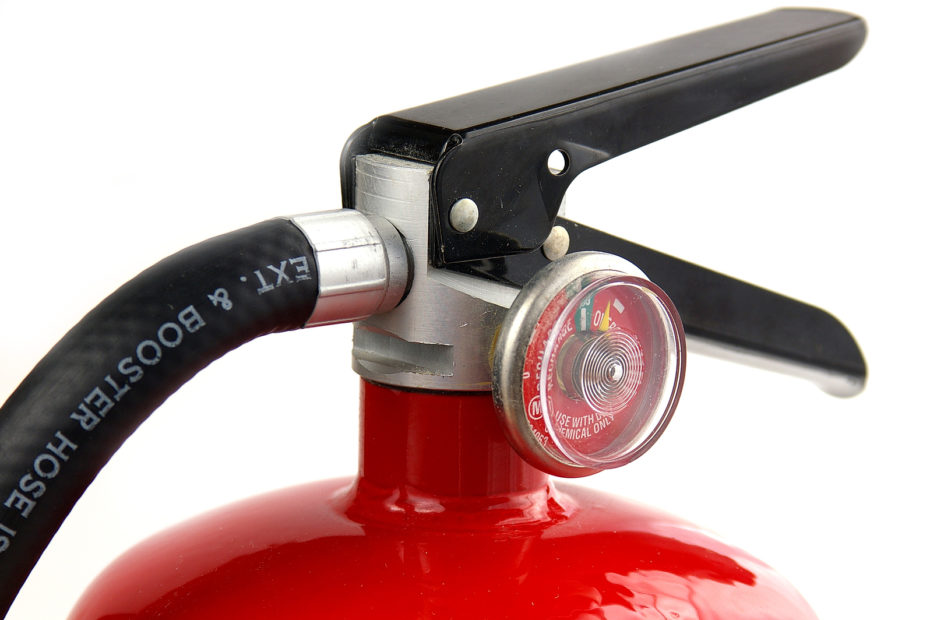A chemist by the name of Ambrose Godfrey, patented the first fire extinguisher in the year 1723. During the time since then dozens of fire extinguishers have been developed, invented, and existing ones have been improved.
Regardless of the era, there is one constant that has not changed. Four elements must be in place for fire to happen. Those four elements are fuel, heat, oxygen, and a chemical reaction. By extricating one of the elements, the fire can be put out.
The proper fire extinguisher must be used to effectively put out a fire.
For various types of fires, the most often found types of fire extinguishers are as follows:
- Water fire extinguisher: When you need to remove the heat element of a fire directly you can put out the fire using a water fire extinguisher. This type of fire extinguisher is strictly used for Class A fires.
- Dry chemical fire extinguisher: Stopping the chemical reaction of fire can be accomplished using a dry chemical fire extinguisher. This type of fire extinguisher is employed for Class, A, B, and C fires.
- CO2 fire extinguisher: When you need to remove the oxygen element and the heat element of a fire a Carbon dioxide extinguisher, is the best choice. This type of fire extinguisher is employed for Class, B and C fires.
Due to the complexity of fire fuels, there are wide range of fire extinguishers made and sold relate to the type of fire. There are several fire extinguishers that can be employed for several classes of fire. There are specific classes of fire extinguishers that specifically advise to not use them for certain classes of fire.
This is a list of fire extinguishers classified by type:
- Class A fire extinguisher These extinguishers are used for fires involving ordinary combustibles, such as firewood, newspaper, clothing, trash, and grocery store plastics.
- Class B fire extinguisher These extinguishers are used for fires involving flammable liquids, such as, paint, aerosol cans, paint remover, turpentine, motor oil, grease, gasoline, and oil.
- Class C fire extinguisher These extinguishers are used for fires involving electrical equipment and home electronics, such as TVs, stereos, satellite tv receivers, motors, transformers, and appliances.
- Class D fire extinguisher These extinguishers are used for fires involving combustible metals, such as potassium, sodium, aluminum, and magnesium.
- Class K fire extinguisher These extinguishers are used for fires involving cooking oils and greases, such as animal and vegetable fats.
It is crucial to always bear in mind that every fire mandates the use of the correct fire extinguisher according to the class of fire that is being encountered.
When you are going to employ a fire extinguisher, recall the fire safety acronym PASS: remove the pin, aim the fire extinguisher hose or its nozzle at the fire base, squeeze the handle to dispense the extinguishing agent and sweep the fire extinguisher hose side to side continually until the fire has been put out.
